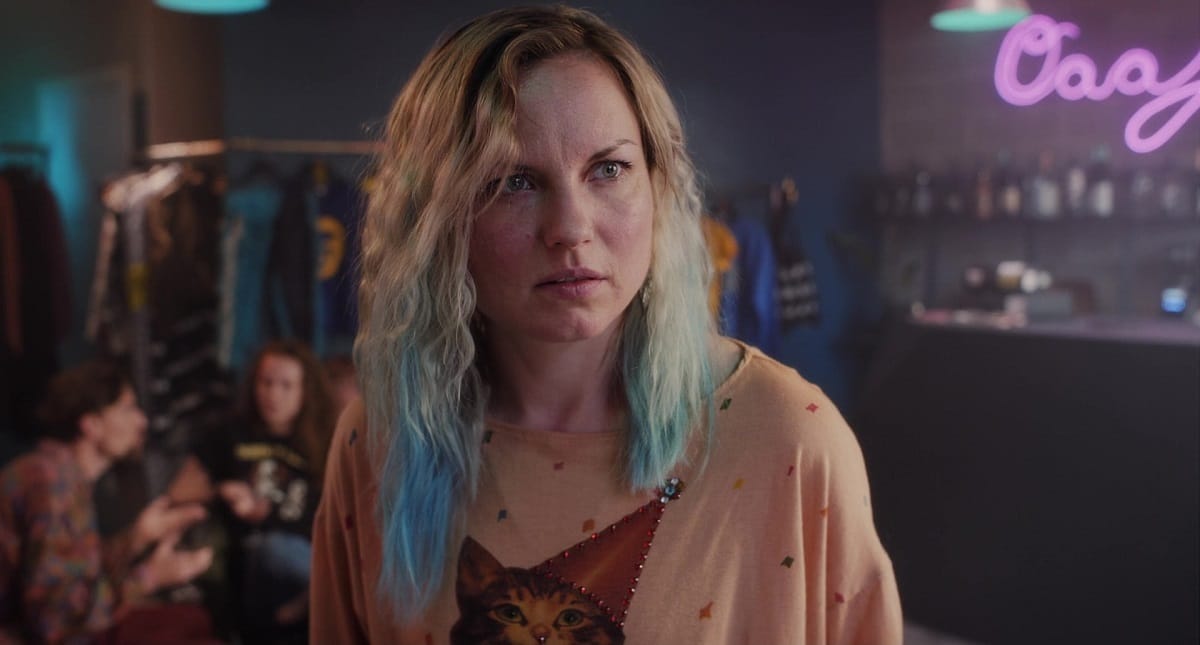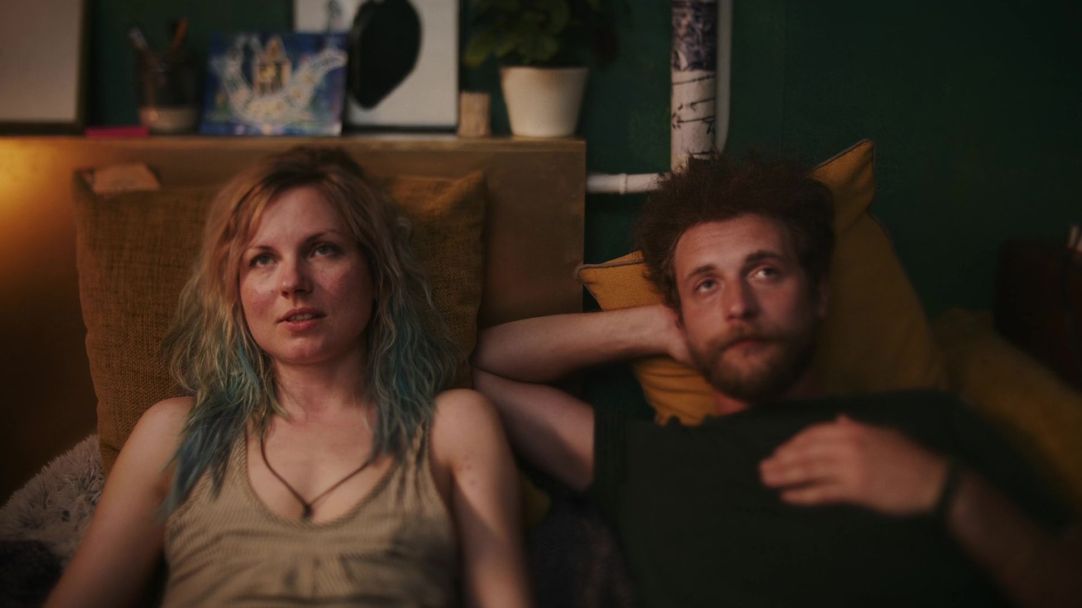Black Velvet
A genre-defiant drama about depression with a formalist flare, the Latvian-Lithuanian co-production Black Velvet uses some killer editing and funky cinematography to zero in on the strangeness and alienating effect of that unique sadness.

A genre-defiant drama about depression with a formalist flare, the Latvian-Lithuanian co-production Black Velvet uses some killer editing and funky cinematography to zero in on the strangeness and alienating effect of that unique sadness. It’s not about depression in the same way that a film like Melancholia is, though Lars von Trier does have a heavy influence on director Liene Linde’s feature debut. A group of friends come in and out of Marta (Inga Tropa)’s life (and apartment) as freely as they want, and Davids Smiltiņš’s camera follows them as they do. He pushes the lens just close enough to allow us to smell the stinky dishes in Marta’s apartment and to hear, in every audible detail, the bawdy noises of her sex life.
Marta is a struggling film director in Riga who pays her bills with a job at an edgy retail store with a bar. Her cat has strokes, her no-strings-attached is irresponsible, and her bank account can’t keep up with her bad luck when an old man hires her to edit 60 hours of home footage into a poetic documentary short for his wedding anniversary. Black Velvet keeps a small world where the characters look for life on the margins of work and rent. I’m reminded of the claim by Josef Pieper, a 20th-century German Catholic philosopher, summarized in the title of his book Leisure: The Basis of Culture. Without work, we cannot have leisure; and without leisure, culture becomes impossible. Marta’s life takes place at work, after work, and in between work when she bridges her two lives with a post-work party at the retail store that doesn’t end so well. The omniscient access to her life magnifies her destructive tendencies like Franz Rogowski in Passages or Renate Reinsve in The Worst Person in the World (or even Adam Sandler in Uncut Gems for an extreme example.) Her depression and immaturity eat her away.

The mental health theme doesn’t depend solely on Tropa’s performance. The brunt of that work actually falls into the hands of the cinematographer and editor, amongst other key craftspeople. Their work impressionistically imposes the mental state of depression onto the look and feel of the film. When the phone rings and a bed-rotting Marta can’t muster the fortitude to answer, the vibration from the ringer seems to disrupt her entire world as it shakes her apartment like an earthquake. The outside world is not invited to intrude on her day; her apartment should be her safe haven from the nuisance interaction and stress. In conversational scenes with other people, the camera sometimes won’t pull from Marta while the others are speaking. Instead of the usual equilibrating shot-reverse shot, Smiltiņš uses one longer shot of the protagonist to never distract from her reaction, antipathy, occasional disdain, and frustration. The conversation feels so small, so pointless. Much more interesting is when her cat talks. Animals can be therapeutic crutches for many, especially those with mental health problems to work through, and the conversational cat materializes this.
There are two movies that take place within Black Velvet. The first is the obvious, plot-contrived short film Marta makes for the older couple. It’s a very happy docu-short of a couple that is undoubtedly happily in love, an emotional reality at odds with the life of its editor and her useless fuck partner. (I do not believe they were dating, though I could be wrong.) The other is more mysterious: an auto-biographical drama stuck inside her head of a young woman experiencing similar troubles as Marta. There is something Dogme-esque to these scenes, all shot on 16mm and presented in a different aspect ratio than the rest of the film, especially their awkwardness and frankness. Editor Ieva Veiverytė always cuts to this other world at the perfect time to let the scenes play out as a cinematic emotional processing of the corresponding scene(s) that just concluded in the main film. This cathartic film-within-the-film is buried deep within Marta; she just needs a little help digging it up.